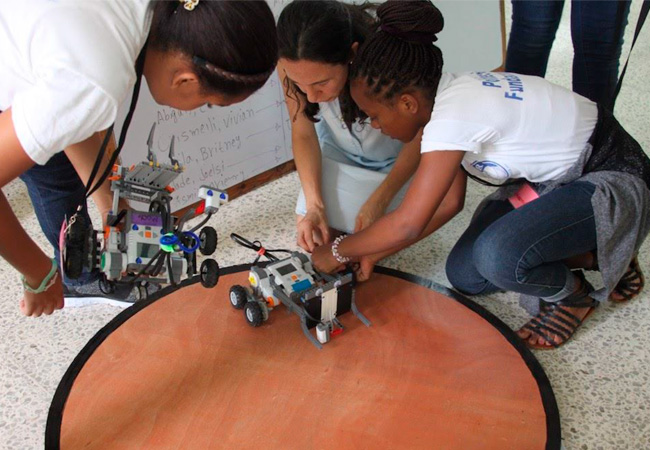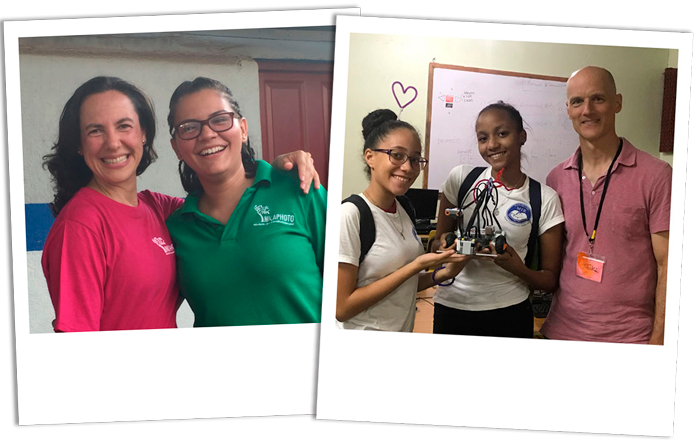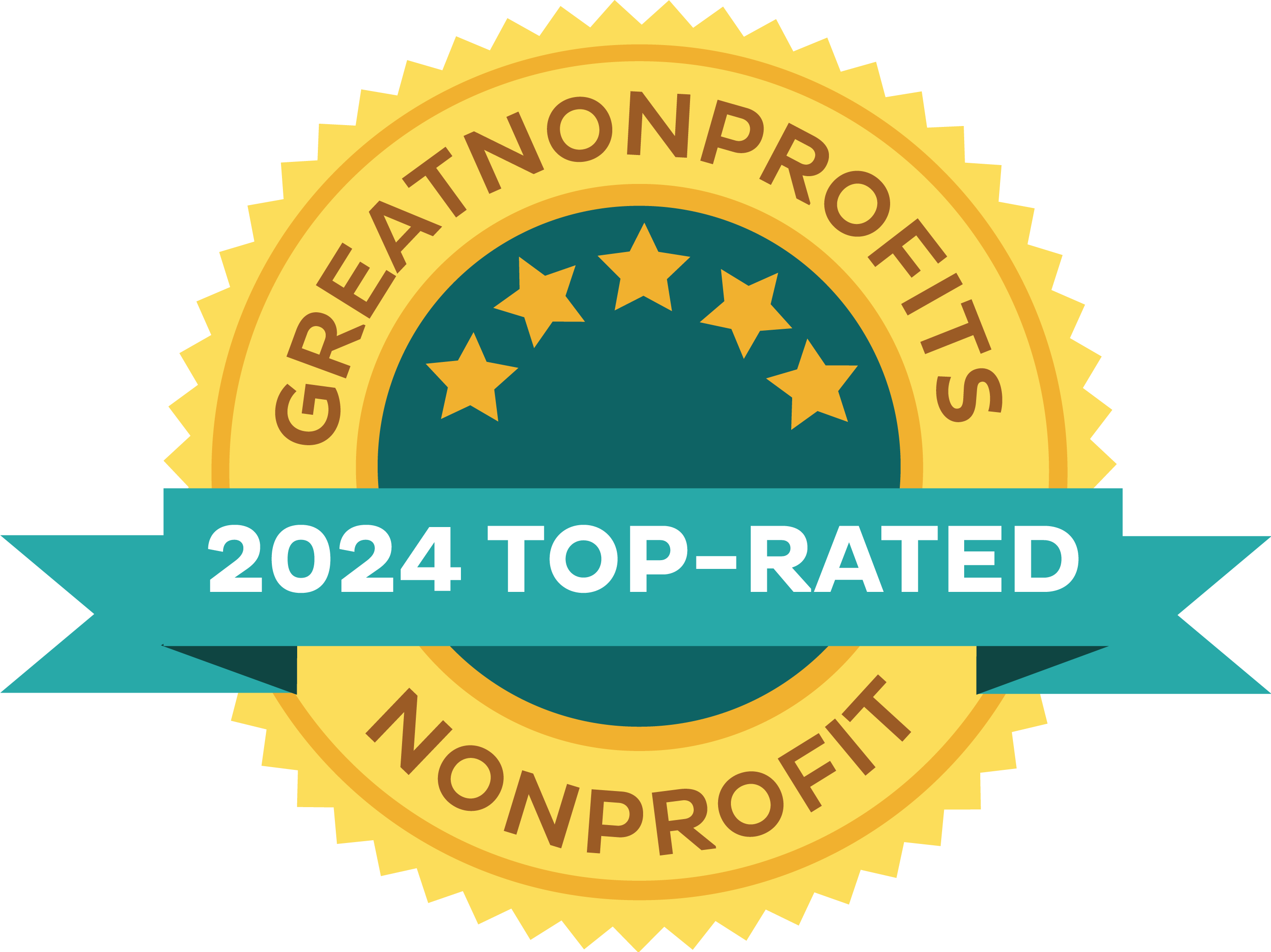
The Community Bots was created because the founders, who are educators in New York City, understand the importance of learning STEM-robotics and the impact it has on the confidence, strength, and academic success of young women. They saw the important role that participation in STEM-robotics can have on girls during their impressionable elementary and middle school years. These years are often the most vulnerable for girls who can form negative stereotypes around gender.
As educators, they extended their passion in the field of science and technology to leading an after-school robotics program. As leaders in their field, they participated in the FIRST LEGO League (FLL) and RoboCup Junior national and international programs. With their unique perspective and hands-on experience as a guide, The Community Bots was born.
The organization fills a distinct need: we create sustainable training programs that can be measured and scaled to reach underserved girls and young women throughout the year around the world.

To date, we’ve served hundreds of students and built measurable teacher training programs that bring results. We’ve set up programs with administrators to integrate The Community Bots model into the curriculum. We have programs in the Dominican Republic. Jamaica, Nicaragua, and Spain.
How we do it:
It’s really one brick at a time. We’re systematic about the approach so that we can get results and have an impact on each group in a way that’s meaningful.
We currently offer intensive teacher training followed by a weeklong, STEM-robotics course that is taught by the local teachers alongside The Community Bots educators. Our introductory Fun with Robotics course trains middle school girls in the fundamentals of robot design and programming using LEGO Mindstorms NXT and EV3 software and equipment. The course also exposes the girls to leading robotics companies and their innovative products and highlights women who have distinguished themselves in the STEM-robotics field.

Our Timeline
Key Events in our History
Year 2014
- Community Bots is founded by Jack Cooley and Ana Agón
Year 2015
- Drafted curriculum
- Established relationship with New York Lawyers for the Public Interest
Year 2016
- Created fiscal sponsorship with East River CREW, Inc.
- Piloted in-person program at the Good Shepherd School, NYC
Year 2017
- Completed first in-person international program at NicaPhoto, Nicaragua
- Program at TYWLS of Queens
Year 2018
- Completed in-person program at TYWLS of Brooklyn
- Completed in-person program at MIR School for Girls, Dominican Republic
- Gained NYS incorporation
Year 2019
- Completed in-person program at Escuela Carlos Bravo, Nicaragua
- Completed in-person program at Mandeville Primary School, Jamaica
- Completed in-person program in La Línea de la Concepción, Spain
- Gained 501(C) (3) status with the Internal Revenue Service
Year 2020
- Launched virtual STEM-robotics program with CoderZ with partner sites during COVID
Year 2021
- Completed joint in-person program at Escuela Carlos A. Bravo and Nicaphoto, Nicaragua
Year 2022
- Launched STEM-robotics Center at NicaPhoto, Nicaragua, with initial cohort of 4th and 5th-grade girls
- Completed advanced in-person program at MIR School for Girls, Dominican Republic
- Completed on-line teacher training for CoderZ and Lego Mindstorms EV3 with Mandeville Primary School, Jamaica.
Year 2023
- Added 3rd-grade cohort of girls to STEM-robotics center at NicaPhoto, Nicaragua
- Completed on-line teacher training with CoderZ with Institución Educativa Antonio Nariño in Cartagena, Colombia

Stay informed about The Community Bots news
Get Updates

Our Mission:
Provide training and equipment in STEM-robotics for young women and their teachers in underserved communities around the world, together with academic and social-emotional support, so that aspiring engineers can pursue higher education and a STEM career.
THE COMMUNITY BOTS, 525 EAST 89TH STREET, APT. 3A
NEW YORK, NY, 10128
UNITED STATES
[email protected]

